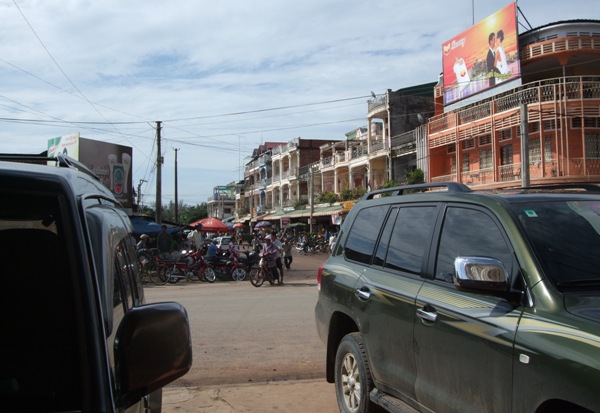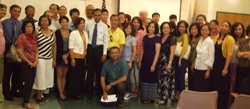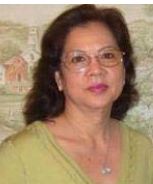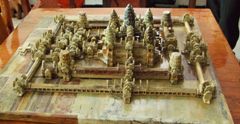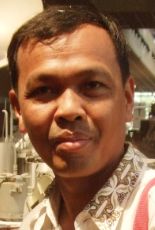People

The word Khmer is referred to Cambodian people or the Cambodian language. The Khmer people make up most of the Cambodian total population and are the predominant (90%) ethnic group in Cambodia. There are also Cham, Chinese, Vietnamese and 20 other distinctive hill tribes. The Khmer-Morn, as it is often referred to, are ethno linguistic people who migrated into the mainland regions of Southeast Asia from the north more than 3000 years ago, much earlier than Thai people.
The Khmer were influenced by Indian traders and scholars, adapting their religions, sciences, and customs and languages. In the early days, they believe in Deva Raja (Hinduism God-King) and the great temple as a symbolic holy mountain. Cambodia's economy is mainly based on agriculture and tourism. More than 80 percent of Cambodians are farmers. They grow rice and other crops for their consumption and subsistence. A small percentage of people work in industries like: rice milling, fishing, wood products, rubber, cement factories, gem mining, and textiles.

In a typical Khmer family, the husband is the head of the family, responsible for providing shelter and food. The wife is generally in charge of the family budget and has considerable authority over family affairs. However, both men and women are responsible for working in the rice fields, and taking care of the household. Parents, children and grandparents are generally considered one household of extended nuclear families in Cambodia.
Parents still have influence over their children, even while they are married and have children of their own. Overall, each family member shares the work in the household, which creates an efficient family dynamic.Health and life expectancy are very low in Cambodia, but this has been improving in recent years. This is due to the level of sanitation.
In most rural areas people use the same water from ponds and lake for drinking and cooking bathing, washing clothes. A shortage of qualified medical personnel in Cambodia has compounded the healthcare problem.
